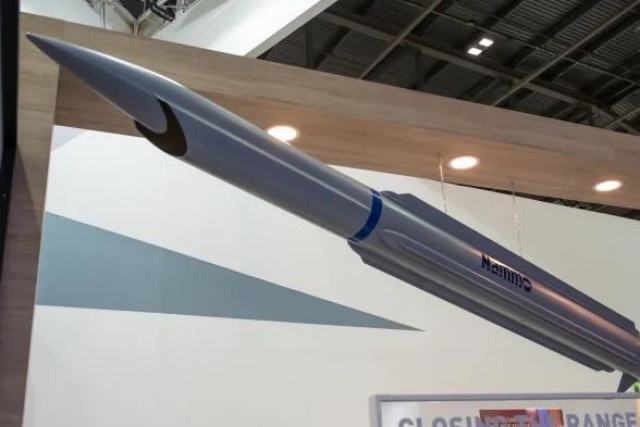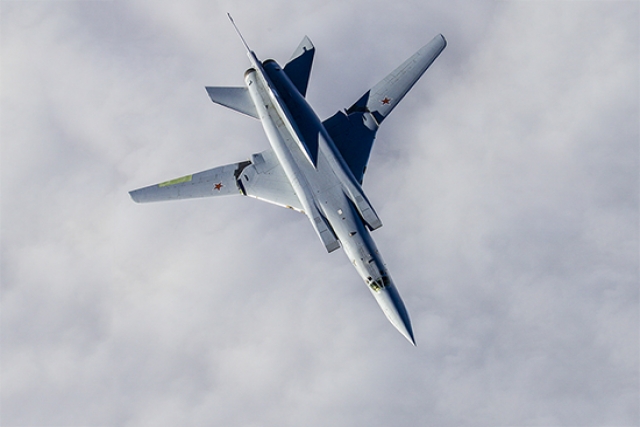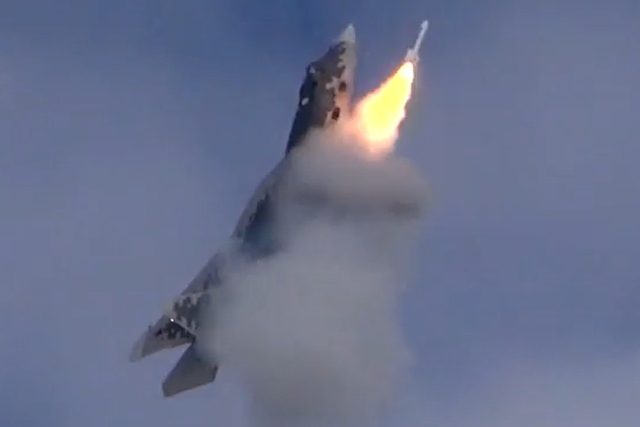China Reveals Hypersonic Cruise Missile Engine Test Success

A Chinese science institute recently announced the development of a scramjet engine that ran continuously for 600 seconds in a ground test which could lead up to the development of a hypersonic cruise missile.
China Central Television (CCTV) reported over the weekend that the success was achieved by a team led by Fan Xuejun at the Institute of Mechanics under the Chinese Academy of Sciences.
China earlier had unveiled its DF-17 missile, a type of hypersonic glide-boost missile, meaning that it is propelled into the sky via a rocket and glides in the air using shock waves generated by its own hypersonic ascend.
A hypersonic cruise missile on the other hand uses a scramjet to reach hypersonic speed and can attain speeds of anywhere between Mach 3 to Mach 7 while in controlled flight. Its high speed and unpredictable trajectories makes most of the current generation of air defense systems nearly impossible to target and neutralize it.
Since a hypersonic cruise missile does not require a rocket as large as the one used by a glide-boost missile, its size and weight are smaller, allowing it to be stealthier.
Only Russia has reached the level of a working prototype of a hypersonic cruise missile. The Zircon, a scramjet-powered maneuverable anti-ship cruise missile is capable of accelerating to speeds of up to 11,100 km an hour.
It was test-launched from the Admiral Gorshkov warship in January this year in the Barents Sea. Plans include launching it from a submarine and the development of a lighter version for launch from a long range strategic bomber such as the Tu-33.
Not much is known about China’s proposed Scramjet-powered hypersonic cruise missile and it is likely that a ship and submarine-launched version is on the cards.
China’s upcoming Xian H-20 supersonic stealth bomber — expected to make its first public appearance at the 2020 Zhuhai Airshow in November- could be the vehicle to carry advanced missiles in the future.












